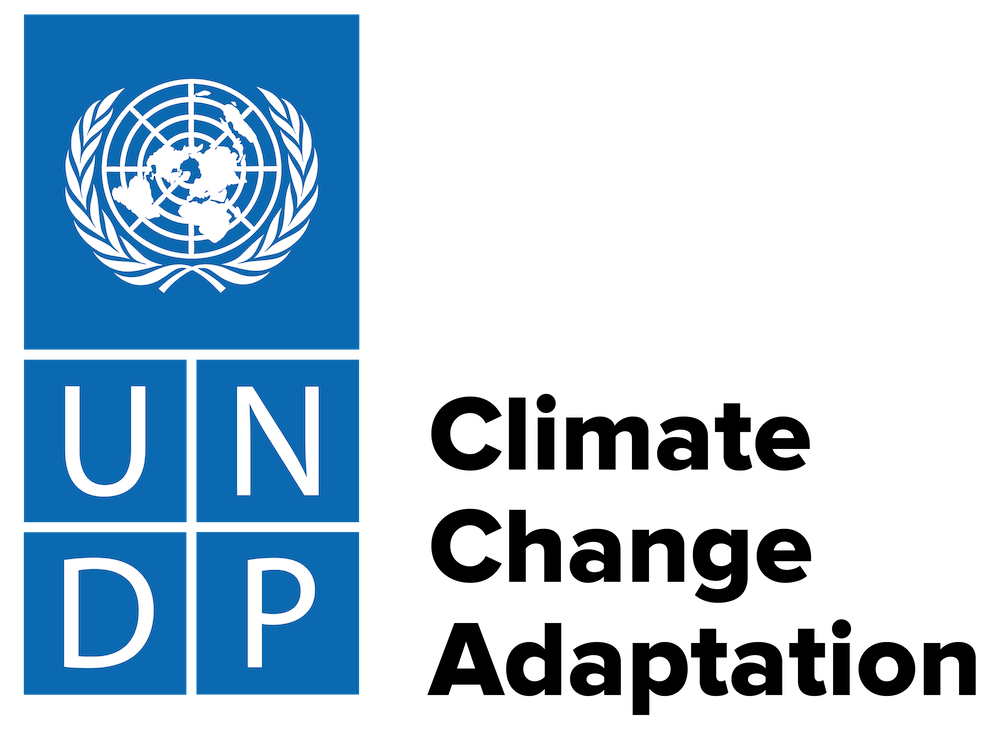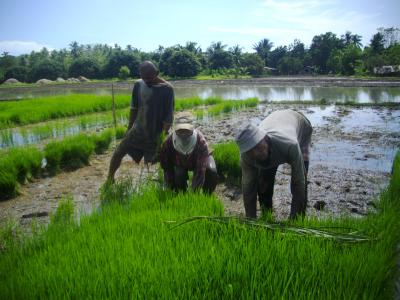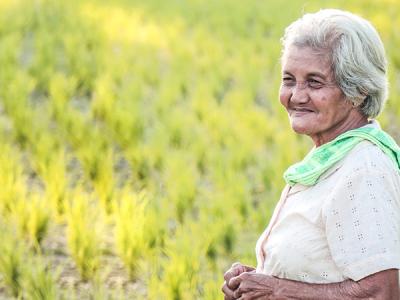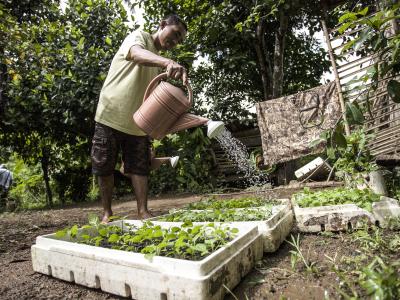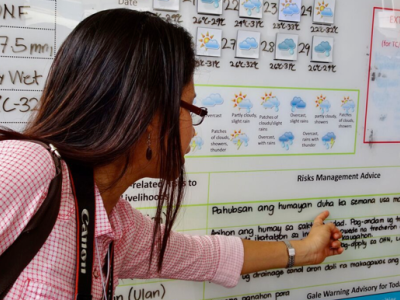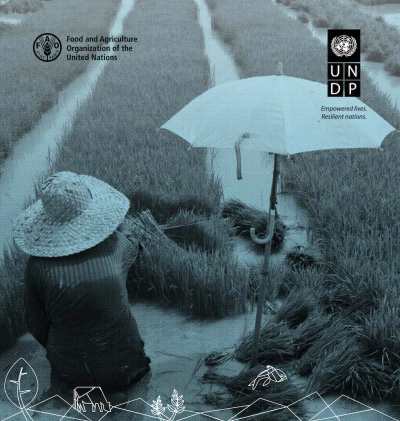The Philippines is an archipelagic country comprised of more than 7,100 islands that spans an area of roughly 300,000 square kilometers (CIA, 2011). The country lies between 5o to 20o north of the equator. With a population of over 101 million people (CIA, 2011), the Philippines ranks 97 of 169 in the 2010 Human Development Index (UNDP, 2010), placing it in the top half of countries that have achieve a medium level of human development. The country’s economy is dominated by the services sector, which contributes over half of economic output, followed by industry (30 per cent) and agriculture (less than 20 per cent) (USDS, 2010). The country’s topography is characterized by large mountainous terrain with narrow coastal plains and interior valleys and plains. The Philippines has a humid equatorial climate marked by high temperatures and heavy annual rainfall. It is located within the region of ascending air and widespread equatorial cloudiness. Annual rainfall measures as much as 5,000 millimeters in the mountainous parts of the country, but less than 1,000 millimeters in some of the sheltered valleys. The mean annual temperature is about 27oC. The hottest months are April, May and June while the coldest months are December, January and February. In general, the highest temperatures are observed in valleys and plains.
Projects Completed
Latest Updates
See allLatest Publications
See allThe case study series aims to show the links between long-term adaptation planning/NAPs and activities supported by the NAP…
